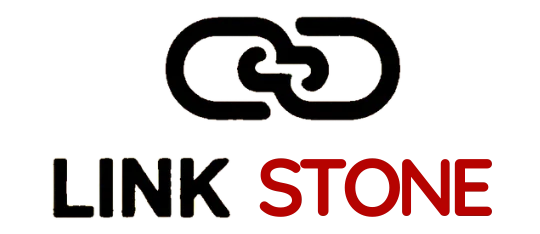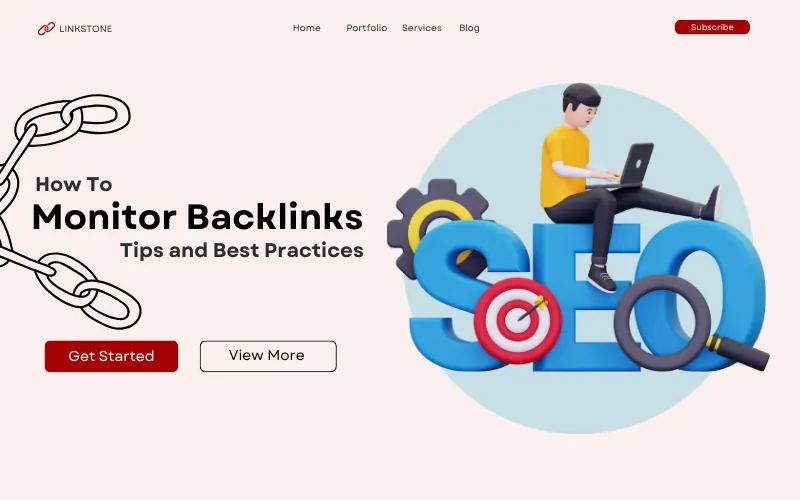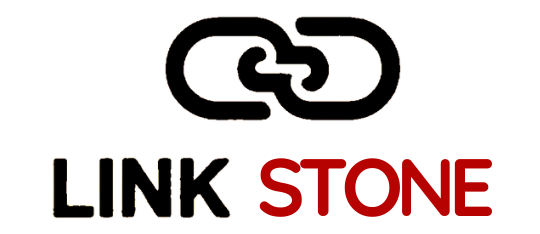Introduction
Backlinks are like digital recommendations for your website, and keeping an eye on them is essential. You might be gaining new links or losing valuable ones without even knowing it. Worse, low-quality or spammy backlinks can quietly hurt your rankings if you’re not paying attention. That’s where backlink monitoring comes in; it helps you stay in control of your SEO progress. In this guide, we’ll explore the tools, methods, and smart habits you need to manage your link profile effectively.
Why Backlink Monitoring Matters
If you’re serious about SEO, keeping an eye on your backlinks is non-negotiable. Backlinks can boost your visibility, but only if they stay active and clean. Monitoring helps you catch problems early, like broken links or spammy ones that can harm your rankings.
Detect Broken or Lost Links
Sometimes links to your site disappear without warning. Whether the page was deleted or the link was removed, that’s traffic and authority you’re losing. Regular monitoring helps you spot and recover those lost opportunities.
Protect Against Negative SEO
Competitors or spammers might point toxic links to your site to bring your rankings down. By tracking new backlinks, you can quickly spot any suspicious activity. Acting fast means you can disavow harmful links before Google notices.
Track Competitor Link Building
Want to know how your competitors are growing? Backlink monitoring tools let you spy on where their links are coming from. This gives you ideas and helps you spot gaps in your strategy.
Measure the Success of Your Campaigns
Every time you publish a guest post or run a PR campaign, you hope it gets links. Tracking helps you see exactly which tactics are working. It’s like a feedback loop that sharpens your future efforts.
How Backlink Monitoring Works
These tools work by regularly crawling the web for mentions of your domain. They log which sites link to you, what anchor text is used, and whether the links are follow or nofollow. You get a snapshot of your backlink profile that updates over time.
Monitoring Changes (New, Lost, NoFollow, Anchor Text)
You can’t improve what you don’t track. Good tools show you what’s changed: new backlinks, lost ones, and even shifts in anchor text. This helps you stay updated on how your SEO landscape is evolving.
Getting Real-Time Alerts and Reports
Some tools will ping you the moment a new link is found or lost. This real-time info helps you act fast, especially if something looks off. Plus, easy-to-read reports make it simple to track trends over weeks or months.
Best Backlink Monitoring Tools
There’s no shortage of tools out there, but a few stand out. Whether you’re on a budget or ready to invest, there’s something for everyone. Let’s look at the top contenders.
Google Search Console (Free Option)
It’s free and gives you a basic view of your backlinks. While not very detailed, it’s great for getting started. If you’re not using it, you’re missing out on easy insights.
Ahrefs
Ahrefs is one of the most trusted tools in the industry. It offers deep insights, real-time tracking, and a slick interface. It’s not cheap, but the data quality makes it worth every penny.
SEMrush
SEMrush is an all-in-one suite that includes backlink tracking. It’s especially useful if you’re running SEO campaigns and want everything in one place. The data is accurate, and the platform is user-friendly.
SE Ranking
SE Ranking balances price and performance well. You get backlink updates, website audits, and competitor research in one tool. It’s perfect for freelancers and small agencies.
Monitor Backlinks
As the name suggests, this tool focuses solely on backlinks. It’s clean, straightforward, and gives great alerts. Great for users who want something simple and focused.
Linkody
Linkody is known for its ease of use and affordability. It sends daily updates and has a dashboard anyone can understand. Ideal for beginners and budget-conscious marketers.
LinkBox
LinkBox combines backlink monitoring with link management. You can group and label links, making it easy to stay organised. It’s a great tool if you’re managing links for multiple clients.
OpenLinkProfiler
It’s a free tool that’s surprisingly capable. You won’t get the deepest data, but it’s enough to monitor basic backlink activity. Perfect for early-stage bloggers and solopreneurs.
Brand24
Brand24 is more of a media monitoring tool, but it catches backlink mentions too. It’s helpful if you care about both SEO and brand visibility. Good for PR teams and marketers.
Ubersuggest
Neil Patel’s tool offers backlink tracking along with keyword research. It’s not as powerful as Ahrefs, but it’s great for startups. Additionally, it offers a free version to test the features.
Choosing the Right Backlink Tool
Start by thinking about your needs. Are you an agency, a blogger, or a business? Your budget, goals, and team size all matter when picking a tool. Don’t just go for the biggest name go for what fits.
Compare Features (Alerts, Metrics, Competitor Tracking)
Look at what each tool offers: do you want email alerts, anchor text tracking, or competitor insights? Not all tools offer everything. List your must-haves before signing up.
Evaluate UI and Reporting Options
Some tools offer amazing data but with clunky dashboards. Pick something easy to navigate and that explains things clearly. Good UI saves you hours in the long run.
Free vs. Paid Tools: What’s Worth Paying For?
Free tools are good to start with, but they often miss key features. Paid tools offer better accuracy, more alerts, and competitor data. Consider it an investment, not a cost.
How to Use Monitoring Data Effectively
Tracking links is step one, but what you do with the data is where the value is. Identify patterns, spot weak spots, and double down on what’s working. Let the data guide your link building game.
Fix Broken or Lost Backlinks
Use the tools to find which links have vanished. Then, reach out to the site owners and ask them to restore it. You can often recover valuable links just by asking.
Disavow Toxic or Spammy Links
If you notice sketchy domains linking to you, use Google’s disavow tool. This tells Google to ignore them when evaluating your site. It’s essential for keeping your profile clean.
Spot High-Performing Referrers
Look for the links that bring actual traffic or conversions. These are the ones you want more of. Reach out, build relationships, and keep that momentum going.
Refine Future Link Building Strategies
Your data shows what’s worked and what hasn’t. Use it to plan smarter campaigns. It helps you stop guessing and start growing.
Frequently Asked Questions
How often should I monitor backlinks?
Once a week is a good rhythm for most sites. If you’re in a competitive space or running a new campaign, check more often. Consistency is more important than frequency.
What’s the difference between a backlink checker and a monitoring tool?
A checker gives you a one-time snapshot. A monitoring tool tracks changes over time. Both are useful, but monitoring gives you the full story.
Can I monitor competitor backlinks in real-time?
Yes, many tools let you track competitors just like your own site. It’s a great way to spot trends and jump on new opportunities. Just don’t copy blindlylearn and adapt.
Is it safe to automate backlink monitoring?
Totally. Automation saves time and ensures you don’t miss anything. Just make sure you check the alerts and act on them.






